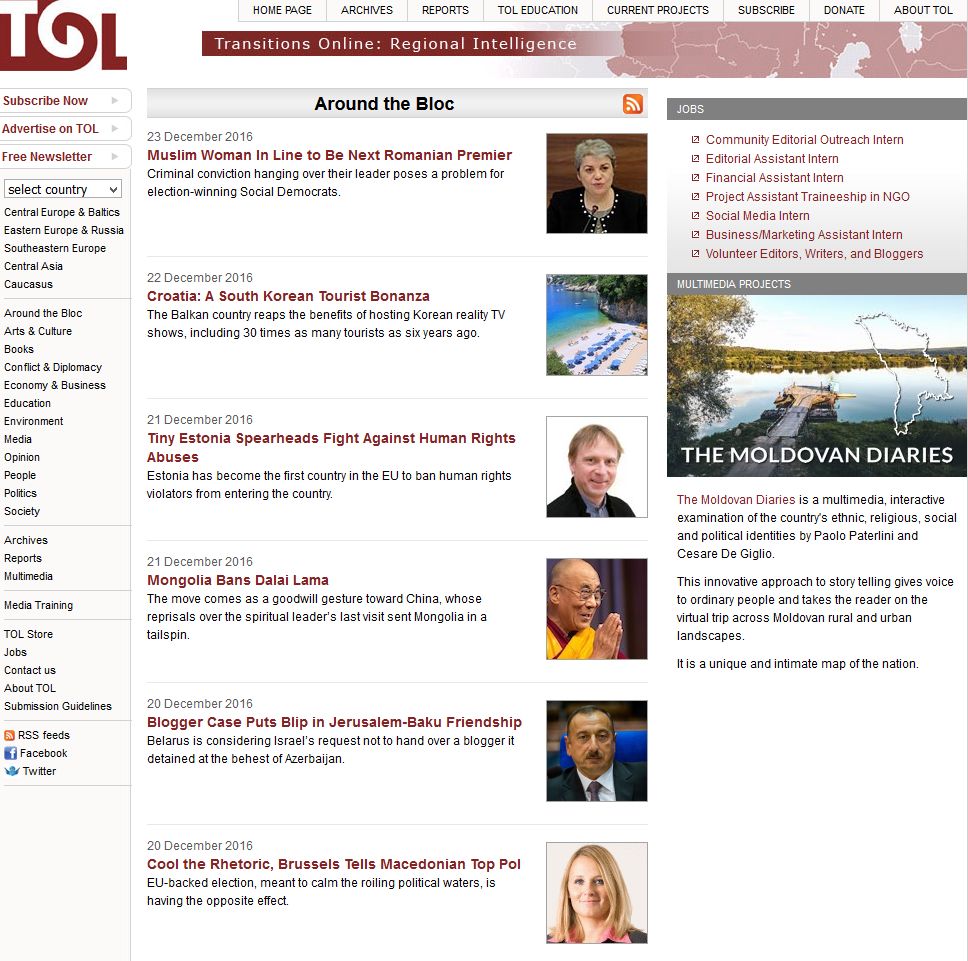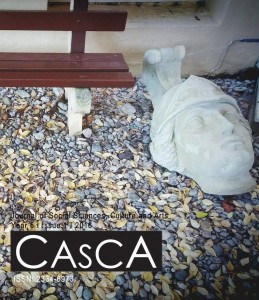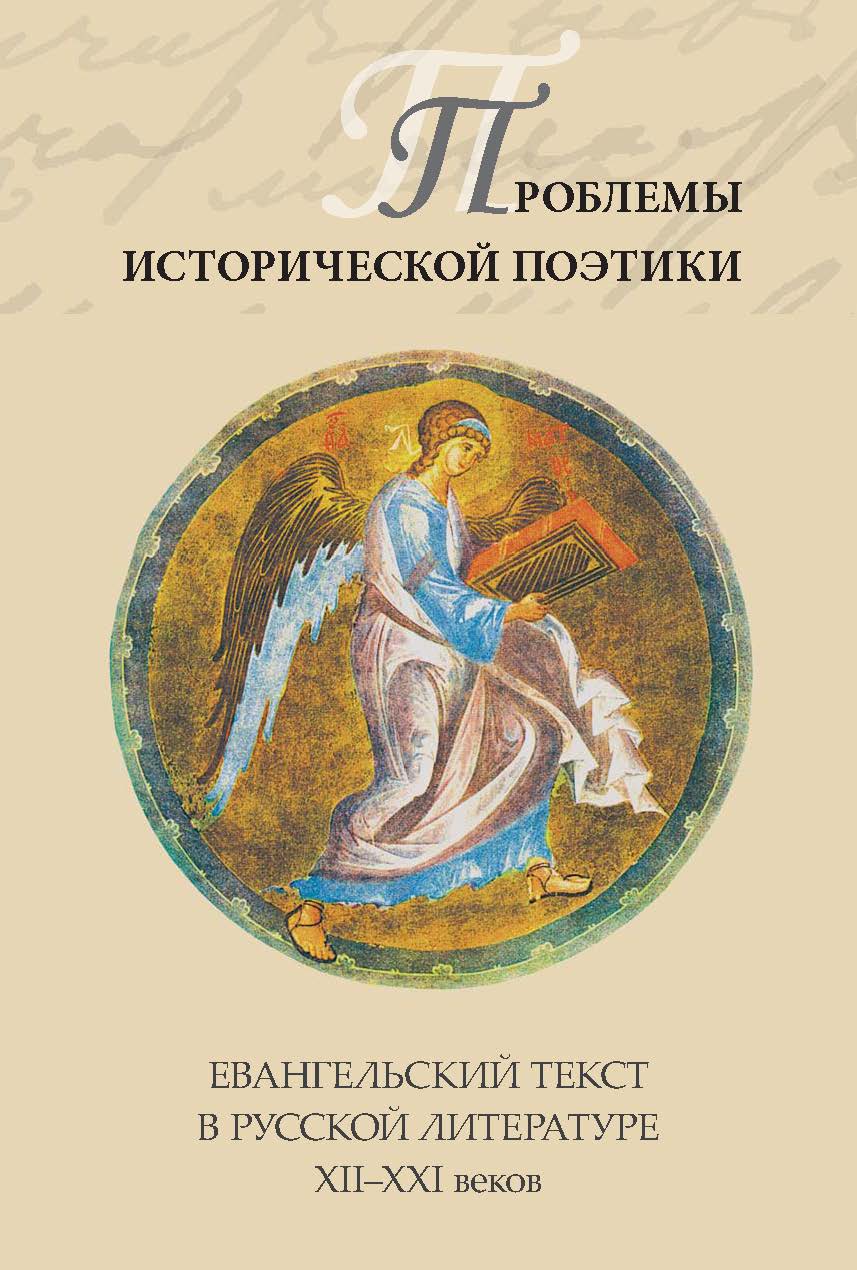К вопросу о редакторском вмешательстве Ф. М. Достоевского в публикацию проповеди декана Вестминстерского аббатства А.-П. Стенли («Гражданин». 1874. № 2)
The article is devoted to the problem of attribution of the text "The Sermon said by the Dean of Westminster Abbey in the Anglican church in Saint Petersburg on January 6 (18)" ("Grazhdanin". 1874. №2). The opinion given by Viktorovich V. A. in the complete works of F. M. Dostoevsky in 18 Volumes (Moscow: Voskresenye, 2003-2007) on the attribution of this publication (a brief translation of the sermon with the elements of narration) to Dostoevsky as a co-author is disputed. A comparison of the content of the brief and complete translations of Stanley’s sermon (the latter was published in issue №3 of "Grazhdanin" in 1874) allows us to contest the opinion of V. A. Viktorovich on the biased presentation of Stanley’s text by the editors of "Grazhdanin" in issue №2, due to the minor importance of the fragments of the text omitted in the brief version of the sermon. A lexical-stylistic analysis of the sermon published in issue №2 of the journal shows that the phrases, which do not belong to Stanley, should be ascribed not to the editor of "Grazhdanin" Dostoevsky but to the translator K. P. Pobedonostsev. Thus, the publication "The Sermon of A.-P. Stanley..." released in issue №2 of "Grazhdanin" (1874) belongs to K. P. Pobedonostsev; Dostoevsky’s participation in this compilation as a co-author is not proved. As the editor of the journal Dostoevsky wrote just a two-phrase preface to the short translation of Stanley’s sermon.
More...


